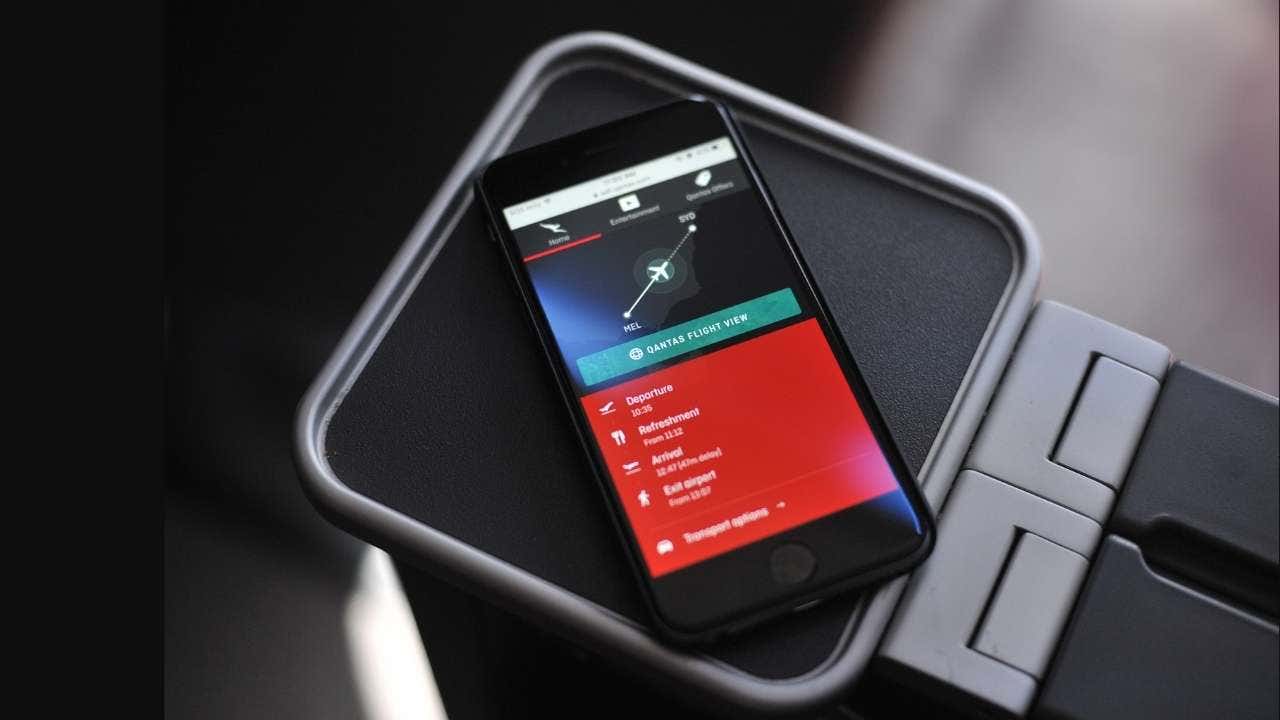Pieces of Titan wreckage recovered from ship in St. John’s as investigation begins

A blue ship cut through a blanket of gray fog Wednesday morning, navigating between the sheer cliffs at the entrance to St. John’s harbor with precious cargo on board.
The Horizon Arctic returned to port with the shattered pieces of the submarine Titan, 10 days after it went missing off the coast of Newfoundland with five souls aboard.
A crane lifted the submarine’s nose cone, parts of the hull and part of the tail into the air and lowered them to the Canadian Coast Guard dock in St. John’s.
“It’s just a really eerie feeling here this morning, knowing people were on that, and that’s all that’s left,” said Sarah Glenning, who stopped her morning run to watch the pieces unload. “Those are people’s sons and fathers and relatives. It’s just a shame.”
Crews were seen in St. John’s early Wednesday unloading pieces from the Titan submarine, which was destroyed in a deadly deep-sea implosion near the Titanic’s wreckage.
All five people on board are believed to have died from a sudden implosion. So does OceanGate Expeditions CEO Stockton Rush, whose company built the Titan with an experimental design using carbon fiber and titanium.
In previous interviews, Rush acknowledged that the materials were not standard for deep-sea submarines.
“I would like to be remembered as an innovator,” Rush told vlogger Alan Estrada in 2021. “I broke some rules to make this. I think I broke them with logic and good engineering behind me. The carbon fiber and titanium, there’s a rule that you don’t. Well, I did.”
The remains of the submarine – those bits of carbon fiber and titanium – will now be turned over to investigators to figure out what went wrong. Transportation safety boards from the United States and Canada, as well as the US Coast Guard and RCMP are now investigating the incident.
They could try to reassemble the ship, according to a marine research expert who spoke to CBC News earlier this week.
“Like a plane crash, they can try to reassemble the submarine to put the parts together like a puzzle to determine where the point of failure was,” said Tom Maddox, founder and CEO of Underwater Forensic Investigations. “In the event of a massive implosion, that won’t be an easy task because a large part of the craft would have disintegrated.”
There are no timelines for any of the studies.
Former Canadian TSB investigator Marc-André Poisson said the Americans will likely lead the process, with help from their Canadian colleagues rather than conducting separate investigations.
He said the wreckage seen on Wednesday will play an important role, but stressed that it will not tell the full story.
“The Titan is just part of the failure,” Poisson said. “There may be multiple human factors involved that helped create the causes, circumstances and contributing factors to the accident.”
He said researchers will build a sequence of events based on the facts they collect, build hypotheses about what could have happened, and then test them in the lab — all in an effort to “build a full understanding of how the system failed”.
Bodies can be recovered, says deep sea doctor
While parts of the Titan appeared to be remarkably intact, questions remain about what happened to the five men aboard the submarine.
Canadian and US officials involved in the search have not said whether they expect to recover the bodies, or if there is anything to recover at all.

Dr. Ken LeDez, a hyperbaric medicine specialist at St. John’s, said he believes recovery is possible.
“I think it would be unwise to rule out the possibility of them recovering recognizable bodies,” he said. “I think it’s possible. Everything depends on the exact second [the Titan imploded]the way things happened.”
LeDez said there’s never been a real study of what happens to a human body at such depths, so it’s hard to rule anything out.
“Of course, of course, the bereaved want the bodies for burials and closures. And I think it’s possible, but we just don’t know.”
Crews return to shore after a long ordeal

It has been a long mission for the men and women aboard the Horizon Arctic.
The ship left St. John’s on 21 June and arrived at the search site the next day. It was carrying the Odysseus, a remote-controlled vehicle dispatched from New York shortly after the submarine was reported missing.
The ROV ended the rescue mission on Friday when it discovered debris on the ocean floor a few hundred meters away from the Titanic’s hull.
“Our team has successfully completed offshore operations, but is still on a mission and will be demobilized this morning from the Horizon Arctic,” said a spokesperson for Pelagic Research, the company that owns the Odysseus ROV.
“They have been working around the clock for 10 days now, through the physical and mental challenges of this operation, and are eager to complete the mission and return to their loved ones.”
The Horizon Arctic is owned by the same company as the Polar Prince, the ship tasked with towing the submarine out to sea and hovering over it as it dived toward the Titanic.
Read more from CBC Newfoundland and Labrador




